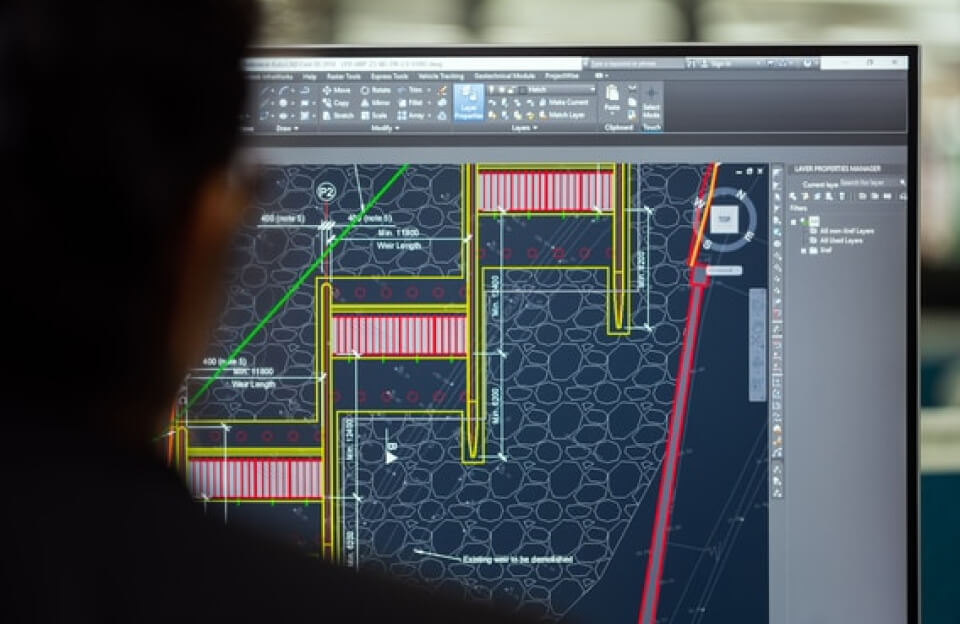The American fast environment in software development has called for Platform Engineering as an indispensable strategy to drive growth in organizations. It leads to faster delivery, higher productivity in development, and streamlining operations. The emergence of cloud infrastructure, microservices, and DevOps has sped up the growth of sound internal platforms offering exciting roles in IT organizations. Therefore, the knowledge of Platform Engineering and its advantages is becoming very necessary for organizations based out of the U. S. and struggling to sustain in the competitive world.
What Is Platform Engineering?
Platform Engineering is the discipline that consists of designing, building, and maintaining development platforms built for internal developers (IDPs). These platforms allow the teams to deliver software effectively, with reliability. A significant difference between platform engineering and traditional IT infrastructure is that platform engineering is developer-centric and focuses on a developer-to-server. Essentially, the role of platform engineering is to abstract all the complexity out of this lowest platform level, automate repetitive tasks, and increase productivity for its developers.
In the US, companies ranging from Silicon Valley startups to Fortune 500 corporations have taken to platform engineering. By providing pre-configured environments, self-service tooling, and automated workflows, developers are free to focus on writing code instead of managing infrastructure.
The Importance of Platform Engineering in the US
The United States has been a world center of software innovation. Since technological heavyweights (such as Google, Amazon, and Microsoft) set such colossal standards, American companies must capitalize on every aspect that facilitates their software development process. And so Platform Engineering must come to the forefront for the following reasons:
- Make Developers Much More Productive.
A considerable part of the developer’s time is taken up in dealing with the infrastructure. With that aim, platform engineering removes most of the bottlenecks by furnishing ready-to-use environments, automated CI/CD pipelines, and integrated observability tools so that American developers can concentrate on building features, product quality improvement, and speedy time-to-market.
- Consistency and Standardization
If it is big firms in the United States, multiple teams, also known as tribes, are put to work on various projects across regions. Hence, the platform engineering verifies consistency through similar development environments, guaranteeing all security measures are followed, and uniformly replicated deployment pipelines. This is for decreasing the likelihood of errors, widening collaboration, and enforcing industrial standards.
- Scalability for Modern Applications.
With the emergence of cloud-native applications, microservices, and containers, scalability of talent has become paramount. Platform engineering is all about horizontal scaling, load balancing, and automated provisioning. It helps U. S. organizations meet and exceed growing customer expectations more efficiently.
- Cost Optimization
Internal developer platforms can effectively conserve resources, diminishing the duplicates and ensuring that repetitive tasks are automated. Having adopted the practices in platform engineering, U.S.-based firms can achieve reduced operational costs without compromising on performance and reliability.

Core Components of Platform Engineering
The successful implementation of the core components of Platform Engineering requires a strategic combination of people, processes, and technology. Consequently, the following components play a crucial role:
Internal Developer Platforms (IDPs)
The cornerstone of platform engineering is an IDP, which interfaces as self-service enhancements for developers. It is a preconfigured environment access, CI/CD pipeline, security policy, and monitoring tools. Companies like Netflix and Shopify, or any other company, have set benchmarks with their internal platforms to gain significant productivity hefty in software delivery.
Automation and CI/CD Pipelines
Automation in platform engineering is mandatory. Continuous Integration and Continuous Deployment (CI/CD) pipelines automate the testing, building, and deployment of an application. Once in the U. S., companies have been bracing themselves more and more, using tools like Jenkins, GitHub Actions, and GitLab to create automated workflows.
Observability and Monitoring
Ideally, you wish to gain insight into certain observability requirements. These requirements have visibility into application performance, infrastructure health, and uncovering bottlenecks. Prometheus, Grafana, and Datadog, as observability tools, help you monitor metrics earlier on. Therefore, operational reliability is maintained, bringing the number of downtimes down to a minimum.
Security and Compliance
In the USA, several platform engineering systems incorporate security and compliance right in the development process, following the country’s strict regulatory environment. Features are present that include automated vulnerability scanning, access control, and audit capabilities. As such, the observance of standards such as SOC 2, HIPAA, and GDPR is ensured.
Platformengineering Versus DevOps: Know the Difference
In many organizations, there is confusion between platform engineering and DevOps. Nonetheless, they both desire to be optimally supportive of one another. DevOps focuses on development, cooperation, and joint responsibility between the developer and operations teams. In contrast, platform engineering offers tools, frameworks, and infrastructure for carrying out DevOps.
In the US, the businesses that combine DevOps practices with platform engineering are already experiencing quicker release cycles, increased quality of code, and happier developers. What is more, platform engineering is the backbone that supports large-scale DevOps initiatives effectively.
PR-01US Trends in Platform Engineering
Currently, there are several key trends that are shaping platform engineering adoption across the U.S. In particular, these trends highlight the evolving priorities and practices within modern organizations:
- Shift-Left Security
The earlier rule in the Software Development Life Cycle (SDLC) involves security. Therefore, automated security testing and policy enforcement have become a part and parcel of platform engineering platforms with an intention to drive out vulnerabilities ahead of coding staging in production.
- Cloud-Native Platforms
After building Kubernetes, Docker, and other framework systems as an absolute foundation, their absorbability could be brought in by platform engineering. As a result, the developer side of the fence is clean with interfaces that are both simple and reliable.
- AI and Automation Integration
Artificial Intelligence is currently making its way through platform engineering, while many developers are leveraging this fantastic technology to enhance their platform experience by optimizing everything, making predictions about failures, and automating repetitive work. This pattern is faster in the technology hub spread across the USA.
- Developer Experience (DevEx)
Enhancing the developer experience has now become a primary focus. Consequently, platforms consistently aim to provide user-friendly interfaces, self-service capabilities, and thorough documentation. As a result, developers can work faster and with significantly less frustration.
Platform Engineering Challenges
While the benefits are very clear, there are a few disadvantages that might seem valid, especially to US entities:
- Capex: Our company needs to spend a good amount of dollars right at the beginning as we will build our internal developer platform, which necessitates investment in infrastructure, tools, etc.
- Culture: Resistance to change by teams against the workflow and new tooling; hence, a need for cautious change management strategies.
- Maintaining the Platform: The platform needs to be refreshed continuously over time to be relevant and efficient.
However, with all of this, organizations that manage to surpass these hurdles experience viability ROI in terms of quicker delivery, cost savings, and high developer productivity.
Best Practices in Platform Engineering:
U.S. companies can leverage platform engineering by following these best practices:
Start small and scale up incrementally
First, create the smallest viable platform that serves a single team or project. Then, proceed to gather feedback and incrementally grow it throughout the entire organization.
Get Developer Experience Right
Give priority to intuitive design, documentation, and self-service. In addition, by justifying these areas, you not only make sure that developers will be fond of the platform but also promote its faster and broader acceptance.
Focus on Early Security Integration
By incorporating security and compliance directly into the platform, organizations not only diminish risk but also ensure adherence to regulatory standards. Moreover, this proactive approach strengthens overall system reliability and trust.
Measure, Measure, Measure
To maintain and optimize the progress of key metrics—such as performance, deployment frequency, and developer satisfaction—it is essential to monitor them closely. Furthermore, these metrics can effectively guide the iterative improvement of a given platform over time.
Use Modern Cloud-specific Tools
Kubernetes, Terraform, Helm, and other tools are the ones that a modern system uses. Moreover, they provide advanced features, helping teams to implement more manageable and scalable solutions effectively.
Conclusion
Platform Engineering is changing the way U. S. organizations are creating, developing, and delivering software. The creation of internal developer platforms, the automation of workflows, and an emphasis on the developer experience enable organizations to profoundly- ly accelerate delivery, reduce costs, and improve the quality of the software in the process.
As the United States of America grows further into a realm where they are embracing cloud-native technologies, incorporating AI, and introducing DevOps practices at an increasing rate for a competitive edge, platform engineering will hold the utmost importance to help keep it in the game. No longer could American-based enterprises stay on top in an environment of relentless changes in software without
But having anything to do with Platform Engineering.



